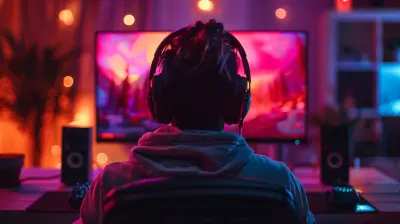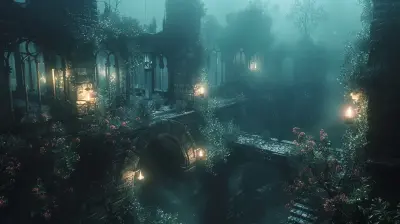Why We Still Love These Classic Game Characters
12 October 2025
Let’s be honest—we’ve all hit that point where the new games just aren’t hitting like they used to. The graphics are shinier, sure, and the worlds are massive, but something feels... hollow. That’s when we boot up that old console (or dig into some emulators—we won’t judge), and suddenly, everything feels right again. Why? Because sometimes, you just want to hang out with Mario, Sonic, or Lara Croft like it’s 1996 again.
Classic game characters have something modern ones often lack—personality that sticks. They may be pixelated or polygonal messes by today’s standards, but they’ve carved out a permanent space in our hearts. And guess what? We still love them. Like, a lot.
Let’s dive into why these iconic avatars haven’t packed it in and retired to Video Game Character Valhalla.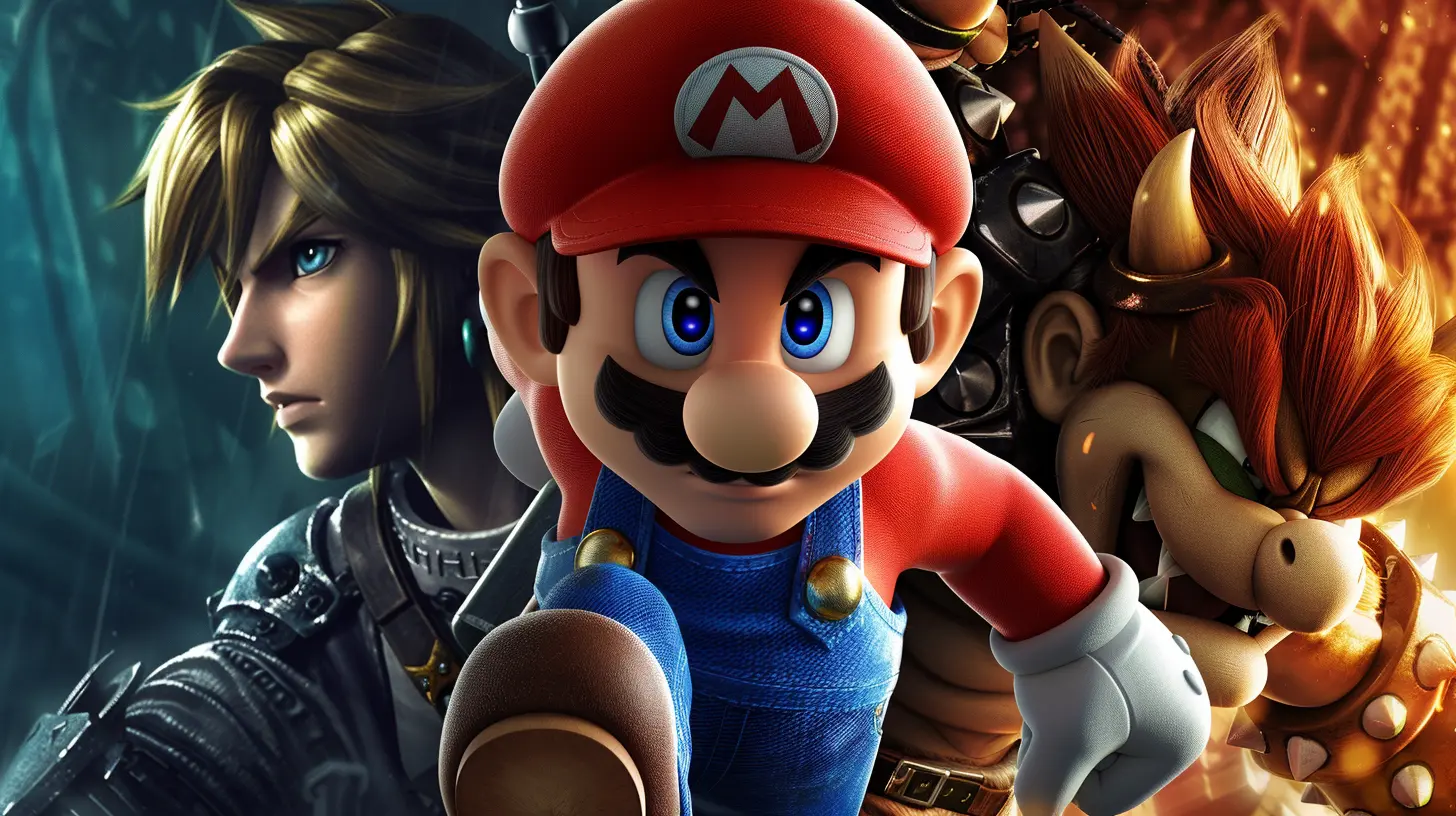
Nostalgia Is A Heck Of A Drug
Okay, let’s get this out of the way first—nostalgia pretty much hardwires us to remember everything from our childhood in soft-focus and sepia tones. Music hits harder, food tastes better, and yeah, games? They were freaking magical.Back then, playing a game wasn’t just killing time—it was an event. Saturday morning cartoons followed by button-mashing marathons. These characters weren’t just sprites; they were our sidekicks, our heroes, our deeply pixelated BFFs.
So when we see Mario’s goofy mustache or hear Sonic’s “gotta go fast,” we don’t just remember the games—we remember being kids. No bills, no responsibilities, just snacks and save points.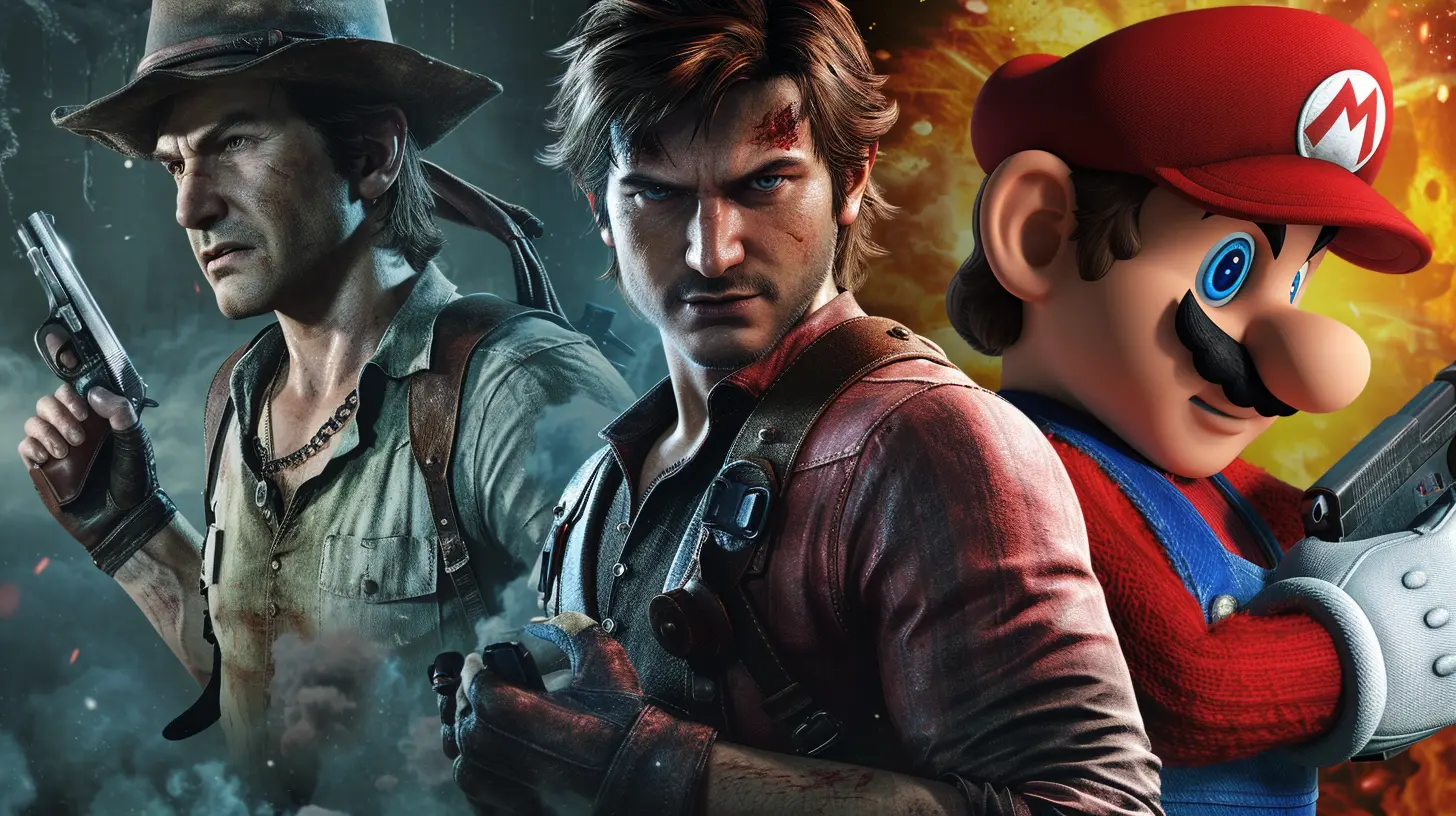
They Had Real Personality (Even With, Like, 12 Polygons)
Let’s talk design. Today’s characters might be motion-captured, hyper-realistic gods with perfect hair, but a lot of them feel... samey. Classic characters? They had to pop with a fraction of the tech.Take Mario. He’s a short Italian plumber with a mustache big enough to host a bird’s nest. Why does he wear gloves? Because fingers were hard to animate. Why a hat? Hair was even harder. But somehow, by leaning into these limitations, Nintendo ended up creating one of the most recognizable faces on the planet.
Sonic had an attitude—and not the cringey, try-hard kind. He was ‘90s cool without even trying, and that blue blur inspired every kid to spin-dash their way through life (or at least through the school hallway).
The lack of hardware didn’t cripple these characters—it defined them. Their quirkiness made them memorable. Sometimes constraints give you creativity, not just limits.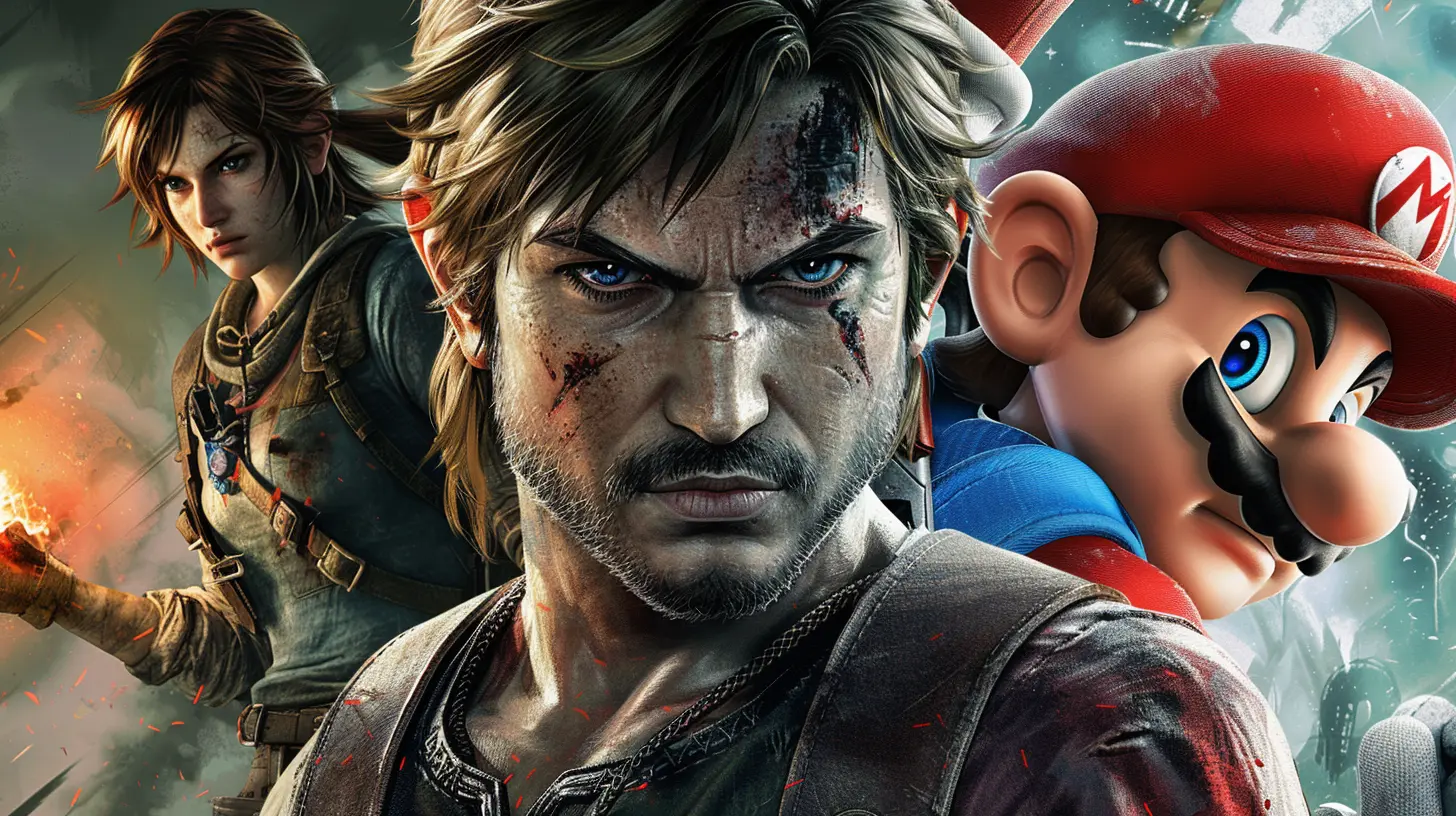
They’ve Aged Like Fine Wine (If Fine Wine Had Cheat Codes)
You’d think that characters born in the early ‘80s and ‘90s would have faded into obscurity by now—like floppy disks or Blockbuster cards. WRONG. If anything, they’ve become more iconic.Why? Because they’ve evolved. Game developers didn’t just leave these characters trapped in their 8-bit cages. They’ve been upgraded, rebooted, and revitalized for new generations—without losing their identities.
Lara Croft used to be a triangle-boobed archaeology enthusiast. Now? She’s a fully developed character with emotional depth, human flaws, and yes—way better graphics. But the core remains: a fearless adventurer who doesn’t back down from a tomb raid.
Same with Link. That green-tunic-wearing elf boy (who, reminder, is NOT named Zelda) has gone from a pixelated blob to a sword-swinging legend. But he’s still driven by courage, loyalty, and a disturbing number of pots to break.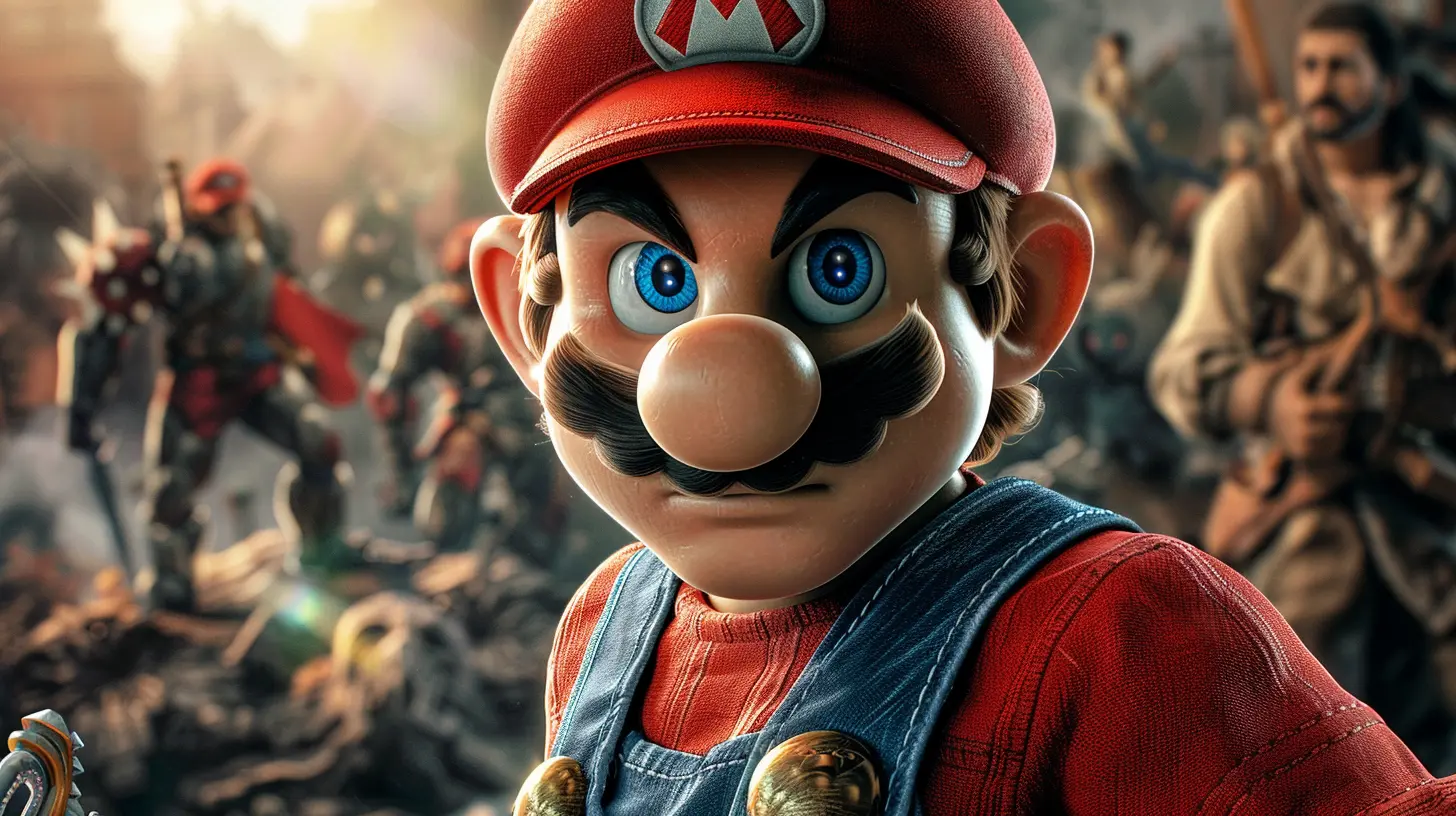
They Transcend Their Own Games
At some point, these icons stopped being just video game characters and became culture.Mario has theme parks. Sonic had a surprisingly not-horrible movie (and then a totally decent sequel, what?!). Pikachu is bigger than Pokémon itself. Their faces are on cereal boxes, school supplies, and more Halloween costumes than we can count.
You don’t even need to know how to play their games to recognize them. Grandma knows who Mario is. That’s wild.
That kind of staying power doesn’t happen by accident. It’s because these characters were built to be timeless—simple, relatable, and just plain fun. And when something is that good, it sticks around.
They’re Comfort Food For Gamers
Look, modern games are great. They tell intense stories, they have jaw-dropping graphics, and some of them make you cry harder than a Pixar movie. But you know what classic characters bring to the table?Reliability.
Boot up any Mario game, and you know you’re in for tight controls, bouncy music, and satisfying jumps. Fire up The Legend of Zelda? You’re getting puzzles, dungeons, and possibly yelling “HYAAAH!” to no one in particular.
Classic games are comfort food. They’re grilled cheese and tomato soup for the soul. Sometimes, you just don’t want a 100-hour open-world epic with 500 side quests and a story so convoluted you need a spreadsheet. Sometimes, you just want to stomp some Goombas and call it a day.
They Paved the Way for Everyone Else
Think of classic game characters like the grandparents of gaming—they’ve seen it all, and they earned every wrinkle on their loading screens. If it weren’t for them, we wouldn’t have the giant, AAA-blockbuster titles we have today.Mario pretty much invented the platformer genre. Sonic gave Nintendo a reason to sweat. Lara Croft made action-adventure a mainstream genre and proved that a female lead could headline an entire franchise.
Their games laid the foundation. The controls, mechanics, level designs—they were the blueprints. So yeah, we owe them a lot.
They're Still Fun, Dang It!
Let’s not overcomplicate it. At the end of the day, we still love these characters because they’re fun. It’s that simple.You can analyze gameplay loops, narrative arcs, and all that artsy-fartsy stuff, but sometimes, fun comes down to:
- Jumping over lava in 2D.
- Racing on a rainbow track with a banana peel.
- Blasting pixelated aliens while dodging like your life depends on it.
And guess what? These characters are still at the center of that kind of fun.
Our Favorite Classic Characters (And Why They’re Still Kings/Queens)
🧑🔧 Mario — The OG Jumpman
He’s like the Tom Hanks of video games—universally loved, surprisingly versatile, and always down to save the day. From go-karting to space travel, Mario’s done it all. And somehow, he’s still humble about it.🦔 Sonic — The Blue Blur with Swagger
He’s fast, he’s snarky, and somehow Chili Dogs are his thing. Sonic gave Sega fans someone to rally behind, and he still races through loops like it’s the ‘90s. He might’ve had a few awkward years (we don’t talk about Sonic 2006), but he's back on track.🏹 Link — The Silent Knight
He’s saved the world (and Zelda) more times than we can count—and all without speaking a single word. Respect. Whether he’s Wind Waking, Time Traveling, or Breath Taking (you see what I did there?), Link is always there when the Triforce needs him.⚰️ Lara Croft — The Tomb Raider Who Raids Our Hearts
From clunky polygons to cinematic masterpieces, Lara has come a long way. She’s tough, clever, and still holds the crown as gaming’s most iconic adventurer. And yeah, she’s still raiding tombs like it’s her full-time job.⚡ Pikachu — The Electric MVP
Let’s be real: you don’t even need to know what Pokémon is to love Pikachu. He’s cute, he’s powerful, and he can take down a dragon with enough voltage to power your house. Ash may come and go, but Pikachu is forever.So... Will We Ever Stop Loving Them?
Short answer: Nope.These characters are more than just pixels on a screen. They’re memories, milestones, and milestones of memories. They’ve been there for our childhoods, stuck around through awkward teenage years, and they’re here now, chilling with us through adulthood (and anxiety).
They’ve survived decades in a brutally fast industry, and they’re still going strong. That’s not just luck. That’s legacy.
Final Thoughts
Loving classic game characters is like loving your old stuffed animal—it might be a little raggedy, maybe missing a button eye, but it’s still the most comforting thing in the world.They’re familiar, they’re fun, and they remind us why we fell in love with gaming in the first place.
So whether you’re a millennial gamer defending your N64 collection like a dragon hoarding gold, or a Gen Z newbie wondering what the fuss is about retro games—these characters are here to stay.
And honestly? We wouldn’t have it any other way.
all images in this post were generated using AI tools
Category:
Best Game CharactersAuthor:

Luke Baker
Discussion
rate this article
1 comments
Preston Howard
Because nostalgia tastes like pixelated cupcakes and joystick joy!
October 18, 2025 at 2:33 PM

Luke Baker
Absolutely! Nostalgia really does blend those sweet memories with the joy of gaming, creating a unique flavor that keeps us connected to our favorite characters.
